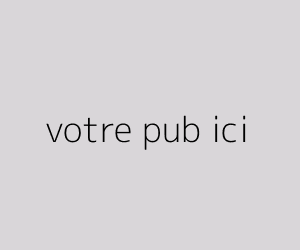- 14:03سفيان رحيمي يتعرف على مدربه الجديد
- 13:40كلميم.. الدرك يفشل مخططا لتهجير 217 شخصا عبر “قوارب الموت”
- 13:22فوز ترامب.. تفاؤل إسرائيلي بعودة الدفء للعلاقات مع المغرب
- 13:19مجلة إسبانية: 49 عاماً من التقدم والتنمية في الصحراء المغربية
- 13:12تأخير ملف بودريقة والموثق
- 13:03الإقصاء من الدعم يشعل احتجاجات متضرري زلزال الحوز
- 12:43الأمن يجهض عملية تهريب 5 أطنان من الحشيش بآسفي
- 12:13رئيس شبكة الكفاءات الطبية لمغاربة العالم يُشيد بمبادرة جلالة الملك
- 11:59عرشان ل"ولو": حزبنا غير مستهدف ولانعرف مكان اعتقال تالموست
تابعونا على فيسبوك
Moroccan Meat Market Crisis: Lamb Prices Soar as Industry Calls for Action
In a concerning development for Moroccan consumers, lamb prices have skyrocketed to 150 Moroccan dirhams (MAD) per kilogram in various regions across the country. This sharp increase has ignited public outcry and industry concern, as citizens grapple with the possibility that these elevated prices may persist beyond the summer season.
The Moroccan Federation of Livestock Industry Actors (FMAFE) has responded to the crisis by advocating for greater transparency in the market. The federation has announced its intention to pursue all legal avenues to challenge decisions that appear to favor specific interests over the legitimate concerns of industry stakeholders.
Adding to the complexity of the situation, the FMAFE has highlighted a shortage of sheep and cattle for slaughter. The federation has been critical of the Ministry of Agriculture and the National Office for Food Safety (ONSSA), claiming they lack a clear strategy to address the ongoing crisis in the red meat sector.
The FMAFE has also voiced concerns about the "systematic exclusion and marginalization" of key industry players, including small and medium-sized farmers, importers, and wholesale and retail traders. The federation attributes the sector's crisis partly to the ministry's silence on alleged irregularities within the red meat interprofessional federation's management.
In response to these challenges, Morocco's Minister of Agriculture, Mohammed Sadiki, recently led two high-level meetings focusing on the red meat and dairy industries. These discussions emphasized the urgent need to support these sectors and enhance food sovereignty, particularly in light of the country's ongoing water deficit. Proposed measures include continued support for livestock feed, importing animal feed, and developing new livestock regulations.
The impact of rising food prices on Moroccan consumers is significant. A July 2023 survey by market research firm Sunergia revealed that over 60% of Moroccan consumers have reduced their grocery purchases due to soaring prices. This trend is most pronounced among Moroccans aged 25-44, with up to 71% of this demographic implementing measures to ration their groceries.
The current crisis is part of a broader trend of food inflation in Morocco, which reached a peak of 18.4% in February 2023. This price surge, which began in 2022 due to the worst drought in over thirty years, continues to impact market supply and prices, with the drought's effects still heavily felt in early 2023.
As the Moroccan government and industry stakeholders grapple with these challenges, the situation underscores the complex interplay between climate issues, agricultural policy, and economic pressures facing consumers in the region.



